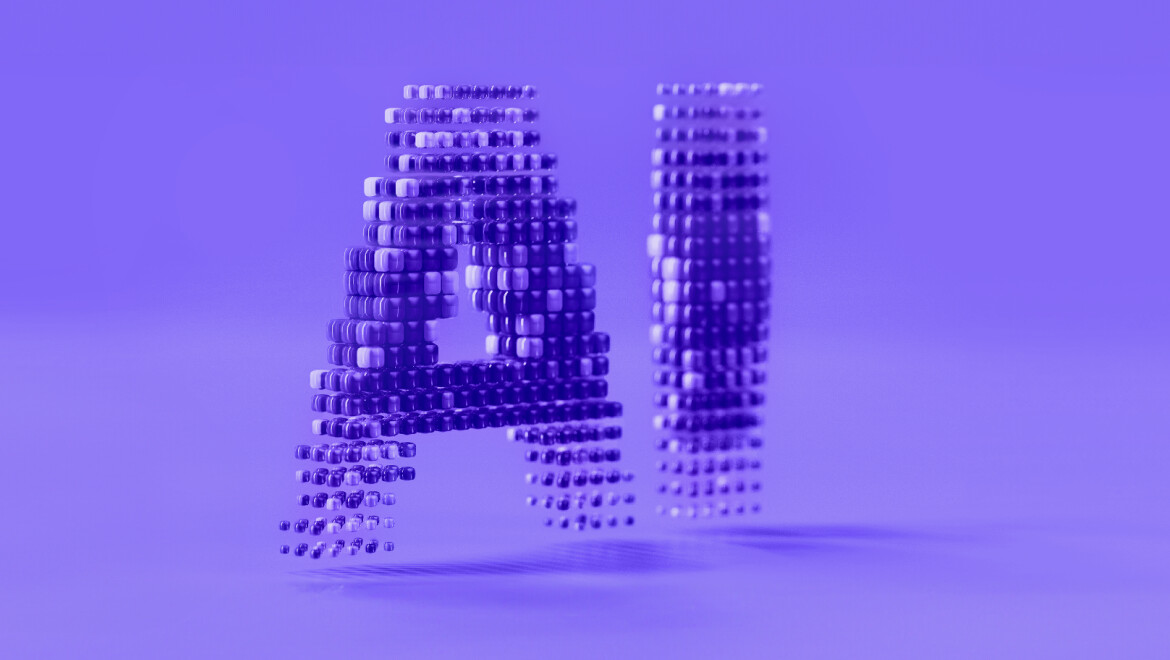- Home
- AI Glossary
- AI Diffusion Models Definition


AI Diffusion Models Definition
AI Diffusion Models Definition
AI Diffusion Models Meaning
Diffusion Models are advanced generative models in machine learning, praised for their ability to produce high-quality synthetic data. They work by simulating diffusion, where data points evolve through a series of probabilistic steps.
Core Mechanism of AI Diffusion Models
Diffusion Models have three main components:
- Forward Process: Noise is gradually added to a data point, like an image, until it becomes simple and easy to generate.
- Reverse Process: The model learns to recover the original data from the noisy data by finding the reverse steps that match the training data.
- Sampling Procedure: New data is generated by starting with noise and transforming it into complex, realistic data through the reverse process.
Advantages of AI Diffusion Models
Diffusion Models are robust at generating diverse, high-quality samples. Unlike GANs, which can suffer from mode collapse (producing limited types of samples), Diffusion Models cover the entire data distribution more effectively. This makes them ideal for tasks like image synthesis, where capturing a wide variety of features is crucial.
Diffusion Models adhere to probabilistic principles, offering a clear framework for both forward and reverse processes. This makes them interpretable and theoretically grounded, allowing for systematic improvements and insights into their performance.
Practical Applications
Diffusion Models are used in various fields, such as:
- Text-to-video synthesis
- Image-to-image translation
- Image search and reverse image search
- High-resolution image generation
- Human-like speech synthesis
- Music generation
Notable models like Stable Diffusion, DALL-E 2, and Imagen showcase their impressive capabilities.
AI Diffusion Models Limitations
Despite their strengths, Diffusion Models have some limitations:
- Computational Expense: They require significant computational resources due to the iterative diffusion process.
- Sampling Speed: The process is slower than GANs, often needing up to 1000 steps for one sample.
- Noise Artifacts: Generated samples can have noise artifacts.
- Mode Collapse: They can still suffer from mode collapse, producing limited variety.
- Hyperparameter Tuning: They need careful tuning and longer training times.
- Quality Consistency: The probabilistic nature can lead to varying results, even with identical inputs.
Diffusion Models are set to shape the future of generative AI, blending physics and AI principles. Although challenges like computational cost and generalizing to new data remain, ongoing research aims to enhance their robustness and practicality. Innovations like Poisson Flow Generative Models (PFGMs) promise faster inference and similar performance.
Looking ahead, diffusion models are expected to play a significant role in virtual reality (VR), augmented reality (AR), and generating diverse synthetic data for data science. As research continues, these models will likely overcome current limitations, unlocking new possibilities for creative AI applications.
